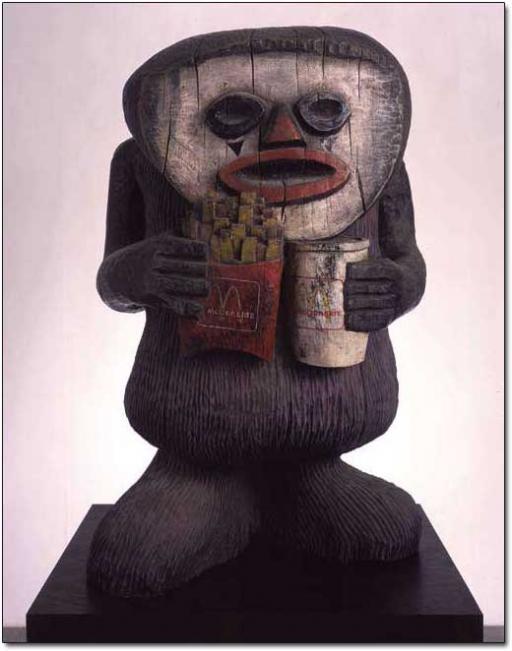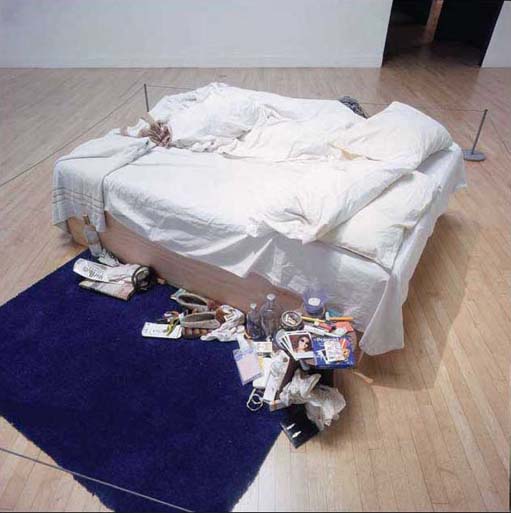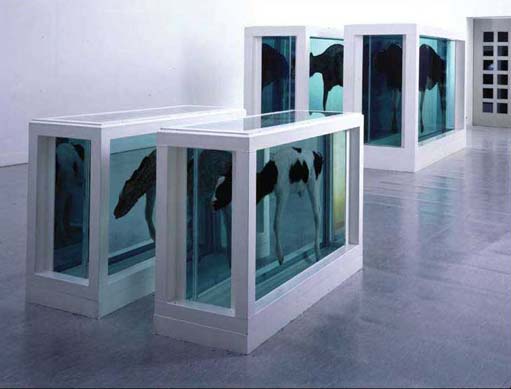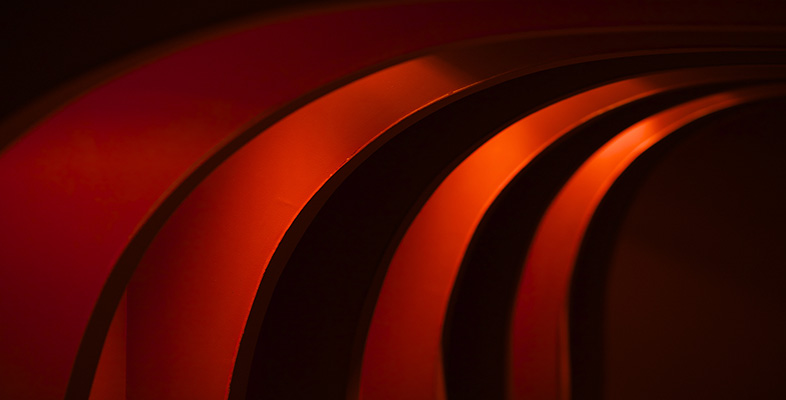Making sense of art history
Introduction
In this course you'll explore a further arts discipline – art history. But why study art history? Look around you, it's likely that wherever you are you'll be able to see some images – for example, on posters, magazine covers or food packaging. It's also likely that many of these images will be intended to have some sort of effect on you. For example, an image on a cereal packet might be intended to persuade you that eating the product will make you healthy, whereas the images on the front page of a magazine will be chosen to encourage you to read on. While you won't be studying cereal packets and magazine covers in this course, you will be exploring the power of images via a study of contemporary art from the 1980s onwards.

The Study Diamond
The Study Diamond represents an approach to analysing and interpreting texts such as poems, works of art, pieces of music and works of literature. When used methodically, the Study Diamond provides a reliable and reusable formula for arriving at well-argued conclusions when interpreting a particular work.
There are four points to the Study Diamond:
- effects
- techniques
- context
- meaning
You will apply the Study Diamond to the analysis of art works as well as developing your study skills. Both the activities and the text in this course are designed to be worked on while you look closely at the art works.
Plate 1: Turner prize artists





Rather than giving a historical overview of art, as might be suggested by the term ‘art history’, we'll concentrate on looking at art produced by artists nominated for the Turner Prize. It's worth pointing out that while we're concentrating on art produced since the 1980s, you can apply the same techniques that you will learn here to the study of any art work, from any period.
The Turner Prize is awarded each year to an artist who has made an outstanding contribution to art in Britain during the previous twelve months. I've chosen to concentrate on the Turner Prize because I believe that many of the art works nominated for it have important things to say about the times in which we are living. The art works that you'll encounter here are visually diverse, ranging from pickled cows to paintings made with elephant dung and glitter. Some are beautiful, some are shocking and many might appear on first sight to be very confusing. I can't predict whether you'll like all (or, indeed any) of them, but I hope that by the end of this free course you'll agree that contemporary art can be extremely thought-provoking. Taking the time to look beyond the immediate appearance of an art work to consider what the artist might be trying to say can be immensely rewarding.
This OpenLearn course provides a sample of level 1 study in Arts & Humanities [Tip: hold Ctrl and click a link to open it in a new tab. (Hide tip)]
Tell us what you think! We’d love to hear from you to help us improve our free learning offering through OpenLearn by filling out this short survey.
